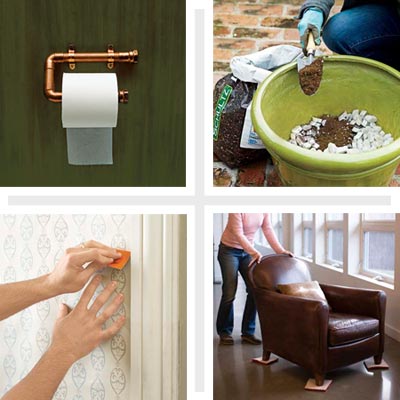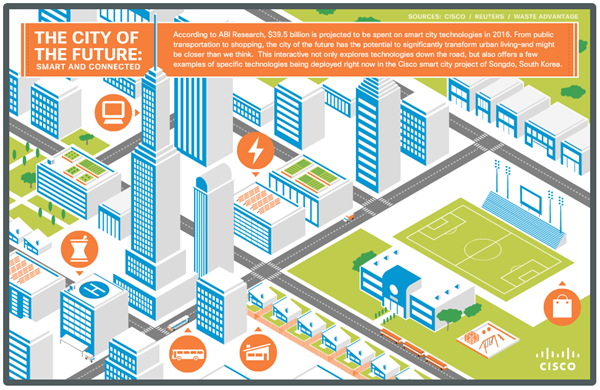Okay friends, let the debate begin.
Greatest NHL Player: Gretzky vs. Lemieux
Giant fridge magnets provide kitchen makeover in minutes
 If you haven’t come to terms with that bisque monstrosity living in your kitchen, but can’t quite afford the upgrade you covet, why not drop $99 and get the fridge you always dreamed of but never thought you’d have.
If you haven’t come to terms with that bisque monstrosity living in your kitchen, but can’t quite afford the upgrade you covet, why not drop $99 and get the fridge you always dreamed of but never thought you’d have.
Kudu Magnets offers a large variety of instant makeover magnets, and for right now, they’re even offering free shipping.
You spend a lot of time and money on kitchen design: solid-wood cupboards, fancy marble, ceramic stovetop, and – amidst all that beauty – the fridge, plastered with assorted magnets you brought from different countries and post-it notes, all in all absolutely not fitting the design concept of the kitchen. Now, imagine you can choose any (and we mean, any) kind of design for the front panel of your fridge, and change it daily if you wish to .
Keep the stainless, we’ll take the art.
Full story at Kudu Magnets via Trendhunter.
Best of 10 Uses for Common Household Products
With a little creative repurposing, you can breathe new life into many common household items—including those destined for the trash heap.
These clever recycling tips, are good for the planet and your wallet, too.
Use Charcoal to Keep Air Fresh
Place charcoal, in open bowls or perforated plastic bags, in your fridge or drawers to banish odors.
Use Yogurt Cups to Catch Paint Drips
Cut a hole in a lid large enough for a paintbrush handle. Slip the handle through the opening, and paint mess-free.
Use Vinegar to Revive Old Paintbrushes
Soak gunked-up nylon brushes in hot vinegar for up to 30 minutes to remove paint and soften the bristles. Afterward, wash them in hot, soapy water, brushing off paint as needed, then rinse and let dry—good as new.
Read the rest here at ThisOldHouse.com
How to Enhance the Curb Appeal of Your House
Maximize Your Home Value
It’s a back-to-basics economy, but that doesn’t mean you should let your house be anything less than a pleasure to come home to. A welcoming exterior can put a spring in your step each time you climb the stoop. Adding the right elements can increase your daily comfort, too. Fixing up a front porch to lounge on during the hot summer months or swapping a failing roof for something new that’s also maintenance-free makes your space more enjoyable—and shortens your to-do list.
Quality upgrades continue to add value. Home prices may have dropped, but the return on remodeling investments remains strong, according to the National Association of Realtors. Not surprisingly, exterior improvements still lead the pack in terms of biggest bang for the buck, with siding and windows paying you back over 75 percent of their cost upon resale.
But it isn’t only major projects that make a difference. Whether it’s investing in a good faux version of a real, and really expensive, material like wrought iron or switching in new hardware to freshen your front, the following pages are packed with small ways to spruce up your exterior on any budget. After all, there’s never a wrong time to make your home more of a haven.
Read the rest here at ThisOldHouse.com
The City of The Future [Interactive]
New WA State Law: Carbon Monoxide Alarms Required To Sell Owner-Occupied Homes
 A new law regarding carbon monoxide alarms in Washington homes has created many questions about which real estate transactions it affects. Here’s what you need to know about the requirements:
A new law regarding carbon monoxide alarms in Washington homes has created many questions about which real estate transactions it affects. Here’s what you need to know about the requirements:
As of April 1, 2012, sellers of owner occupied single family homes, condos and mobile homes must install carbon monoxide alarms prior to closing.
-
Listing agent needs to let the seller know, at the time of listing, that they will be required to install carbon monoxide alarms.
-
Appraisers will be looking for the alarms and expecting them to be installed before closing. To eliminate transactional challenges, this is best done prior to the appraisal.
-
Bank Owned properties will not have to comply as the property is vacant.
-
Short Sale Sellers that are occupying the home will have to install the alarms.
-
The sale of homes built after January 1, 2011 should not be affected as they should already have the alarms installed. Building code has required them since that date.






